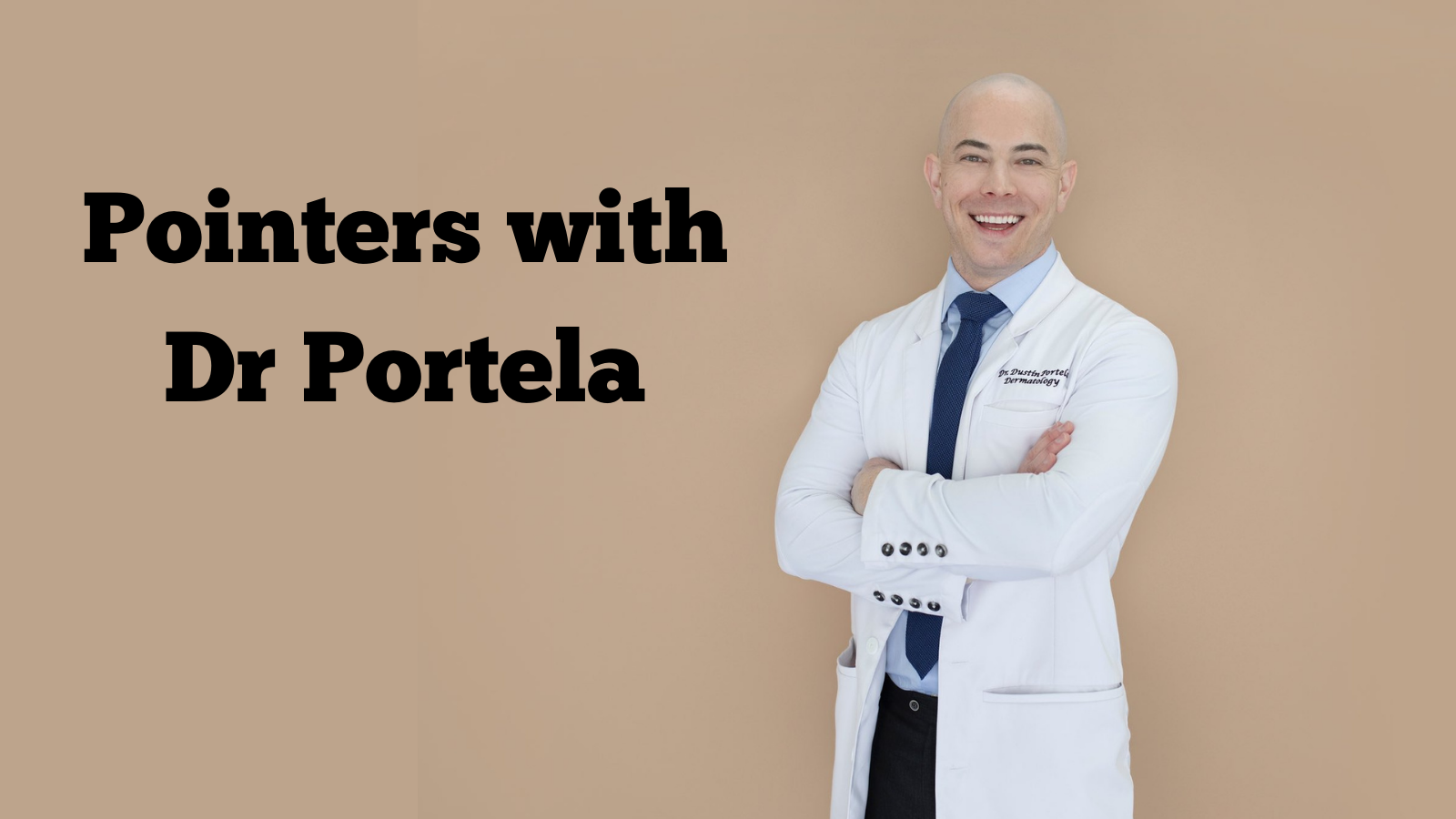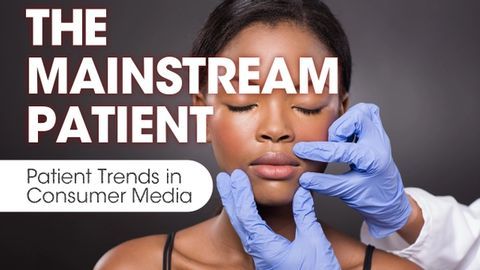- Acne
- Actinic Keratosis
- Aesthetics
- Alopecia
- Atopic Dermatitis
- Buy-and-Bill
- COVID-19
- Case-Based Roundtable
- Chronic Hand Eczema
- Chronic Spontaneous Urticaria
- Drug Watch
- Eczema
- General Dermatology
- Hidradenitis Suppurativa
- Melasma
- NP and PA
- Pediatric Dermatology
- Pigmentary Disorders
- Practice Management
- Precision Medicine and Biologics
- Prurigo Nodularis
- Psoriasis
- Psoriatic Arthritis
- Rare Disease
- Rosacea
- Skin Cancer
- Vitiligo
- Wound Care
Article
Derm describes transformative experience
It’s quite a sacrifice to close your practice for a mission trip. One doctor describes her experience and offers resources for other dermatologists interested in volunteering.
Missionary work can be transformative. That's how Jane Scribner, M.D., a dermatologist and lieutenant commander in the U.S. Navy, describes her experience.
You encounter levels of skin disease you might never see in regular practice, according to Dr. Scribner. You see more severe versions of skin disease than what you would typically see in the U.S., such as psoriasis and atopic dermatitis, but also disfiguring, untreated connective tissue diseases and rare genetic skin diseases.
Dr. Scribner, who practices at the Lovell Healthcare Center, a veterans’ affairs and naval hospital in North Chicago, talked about volunteering during a presentation in July at the American Academy of Dermatology’s (AAD’s) Summer Meeting in Boston.
A worthwhile sacrifice
Last summer, Dr. Scribner and 1,200 other military personnel and volunteers, including doctors in various specialties, nurses, other healthcare providers, public health department members, construction workers, security personnel, cooks, veterinarians and others, left port April 1 aboard the U.S. Navy’s floating hospital, the USNS Comfort. The particular mission was called Continuing Promise 2015. Like the name implies, the Navy sent the floating hospital to uphold our government’s promise to some Central American and Caribbean countries to provide support and humanitarian aid.
ALSO READ: Dermatologists' volunteer work holds great value
The journey would take the volunteers and crew to 11 countries in Latin America and the Caribbean: Belize, Guatemala, Jamaica, Nicaragua, Panama, El Salvador, Columbia, the island of Dominica, the Dominican Republic, Honduras and Haiti.
“In each of the countries, we would spend nights onboard the Comfort. And we would take small boat shuttles to the shore every morning to provide care for up to 1,100 patients daily. We would be in each country for about nine to 12 days,” Dr. Scribner says.
It’s quite a sacrifice for the many civilian doctors who closed their practices for this and other military missions. Many of the primary care doctors onboard gave up their practices for the entire six months to join the mission, unpaid. The volunteer dermatologists onboard were there for one to two months at a time, according to Dr. Scribner.
The Indo-Asia-Pacific Pacific Partnership 2015 mission was another military humanitarian mission to four countries aboard the Navy hospital ship USNS Mercy. That was a similar mission in size, aim and scope, which embarked at the same time, according to Dr. Scribner.
“Our hospital ships primarily are supposed to be ready to provide mobile surgical and medical care for deployed forces. We also have a secondary mission of rapid humanitarian response,” she says. “The USNS Comfort actually responded to the crisis in Haiti and the USNS Mercy has responded to several crises. The missions last summer are training missions to make sure the ship can function at a high level of expertise, and we use that training requirement as an opportunity to provide medical care to the impoverished people in these third world countries.”
“One of the things that I liked about our model of having multiple specialties in one site working together … was the collaborative effort among specialties,” Dr. Scribner says.
One case that stands out, according to the dermatologist, was a woman whose ultimate diagnosis was pseudoxanthoma elasticum, or PXE, a rare genetic disorder in which elastic fibers degenerate and result in small, raised yellow-white areas in the skin folds.
The patient had waited overnight to see the ship’s dental team for needed dental work. When the dental providers noticed a rash on the woman’s neck, they asked Dr. Scribner to come over and take a look.
“I realized this was definitely a complicated genetic skin disease. By collaborating with optometry and cardiology, we were able to give her a workup in the middle of Columbia at a gymnasium and refer her to where she needed to go for further care. She had no idea that this rash had systemic implications,” Dr. Scribner says.
Next: How to prepare | Next steps
More on derms who volunteer
U.S. derm leads volunteers in Cambodia
Derm flies 900 miles each month to give back
Volunteering abroad: Benefits outweigh drawbacks
How to prepare
One doesn’t have to be a member of the military to get involved, Dr. Scribner says. Preparing for a humanitarian mission requires that dermatologists make plans for their practices while they’re gone. But that’s not all they have to consider.
One of the benefits of a military humanitarian mission, compared to non-military volunteer healthcare missions, is much of the personal preparation is taken care of by the military. This includes lodging on the ship, food, issues of personal security and water and food safety.
“One needs to be prepared with vaccines. We were on malaria prophylaxis, but the danger isn’t as great because the environment with this is a little more controlled than the other volunteer experiences,” Dr. Scribner says.
Volunteers need to be physically ready, she says.
“This is physically challenging because of the mobile platform. We would ride small boats in and out every day and whatever gear you needed, you had to be able to carry,” Dr. Scribner says.
You must also prepare emotionally for what you might see and experience, she says.
“I think I saw about 2,700 different dermatology patients in the six months,” she says. “And some were really challenging cases that we really couldn’t do anything for other than to just hold the patients’ hands and talk to them about their skin condition or their disease and show compassion. It was emotionally harder for me than I thought it would be - to see that level of poverty and what it can do.”
In the end, the experience left Dr. Scribner with perspective on the privilege that comes with living in the United States.
“I had several physician roommates, and we all discussed how this experience would shape us. We were worried that we would feel very different with our patients, but in a way you just feel grateful to have what we do have. We’re grateful to be able to follow our patients,” she says.
The next step
The Navy partners with non-governmental organizations, which provide volunteers for these missions. Dermatologists who are interested in volunteering can look into Project Hope. Dr. Scribner says the nurse practitioners onboard were provided through Registered Nurse Response Network (RNRN). The Latter-day Saints charities also provided people and might be a resource for dermatologists, Dr. Scribner says.
Disclosure: Dr. Scribner has no conflicts to report.
Newsletter
Like what you’re reading? Subscribe to Dermatology Times for weekly updates on therapies, innovations, and real-world practice tips.






